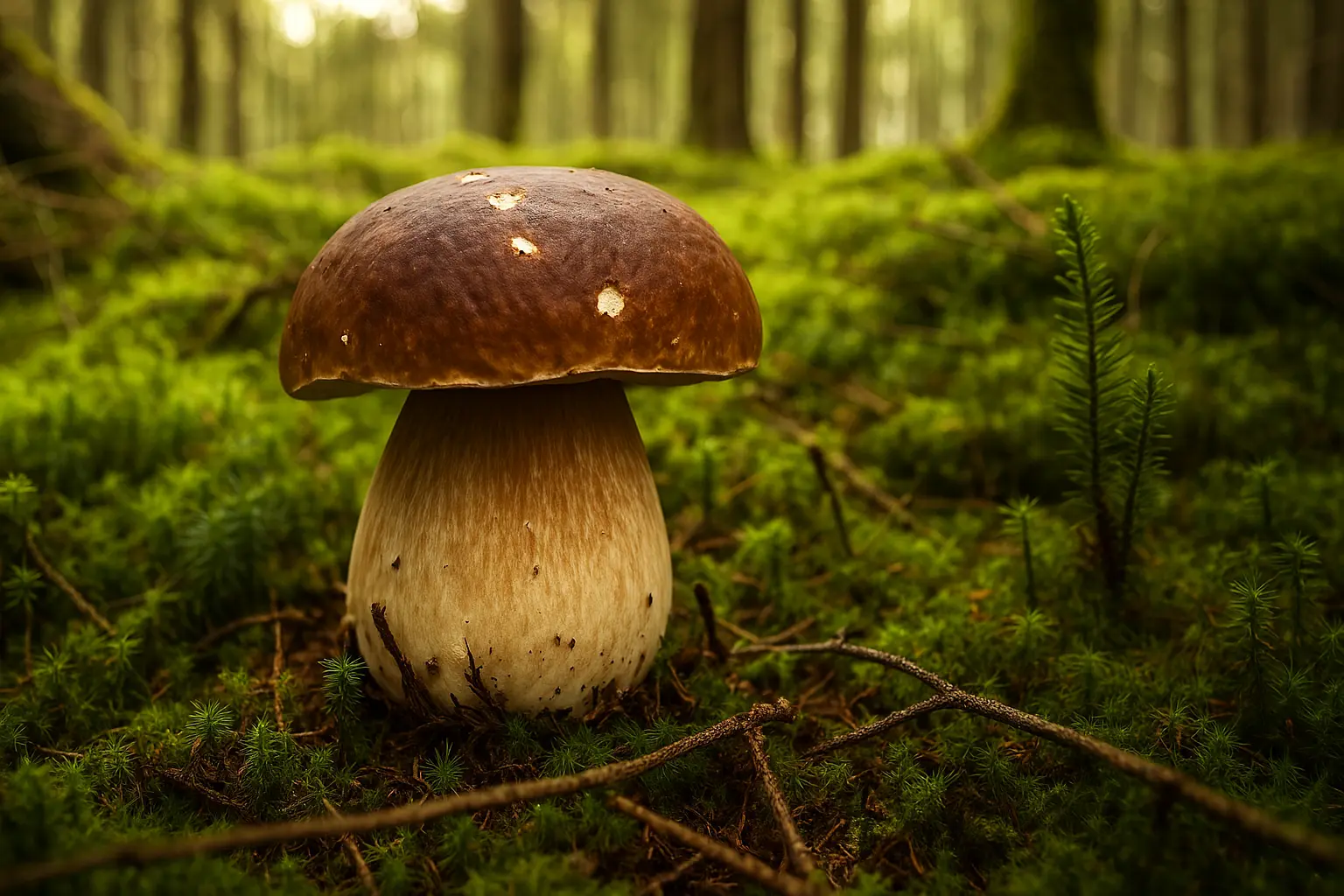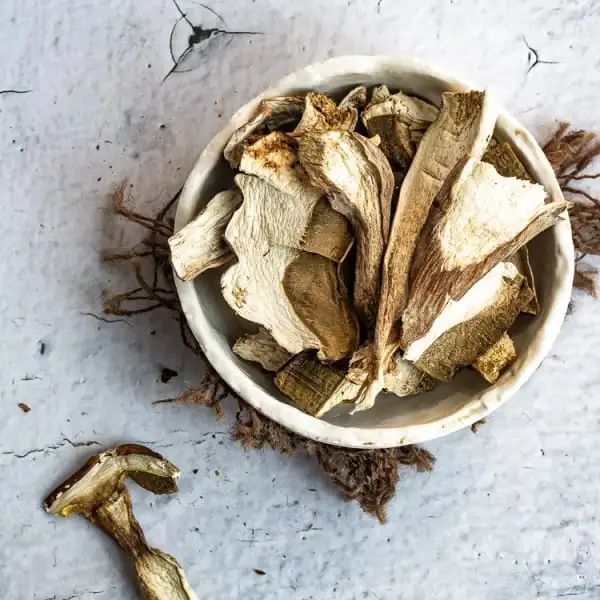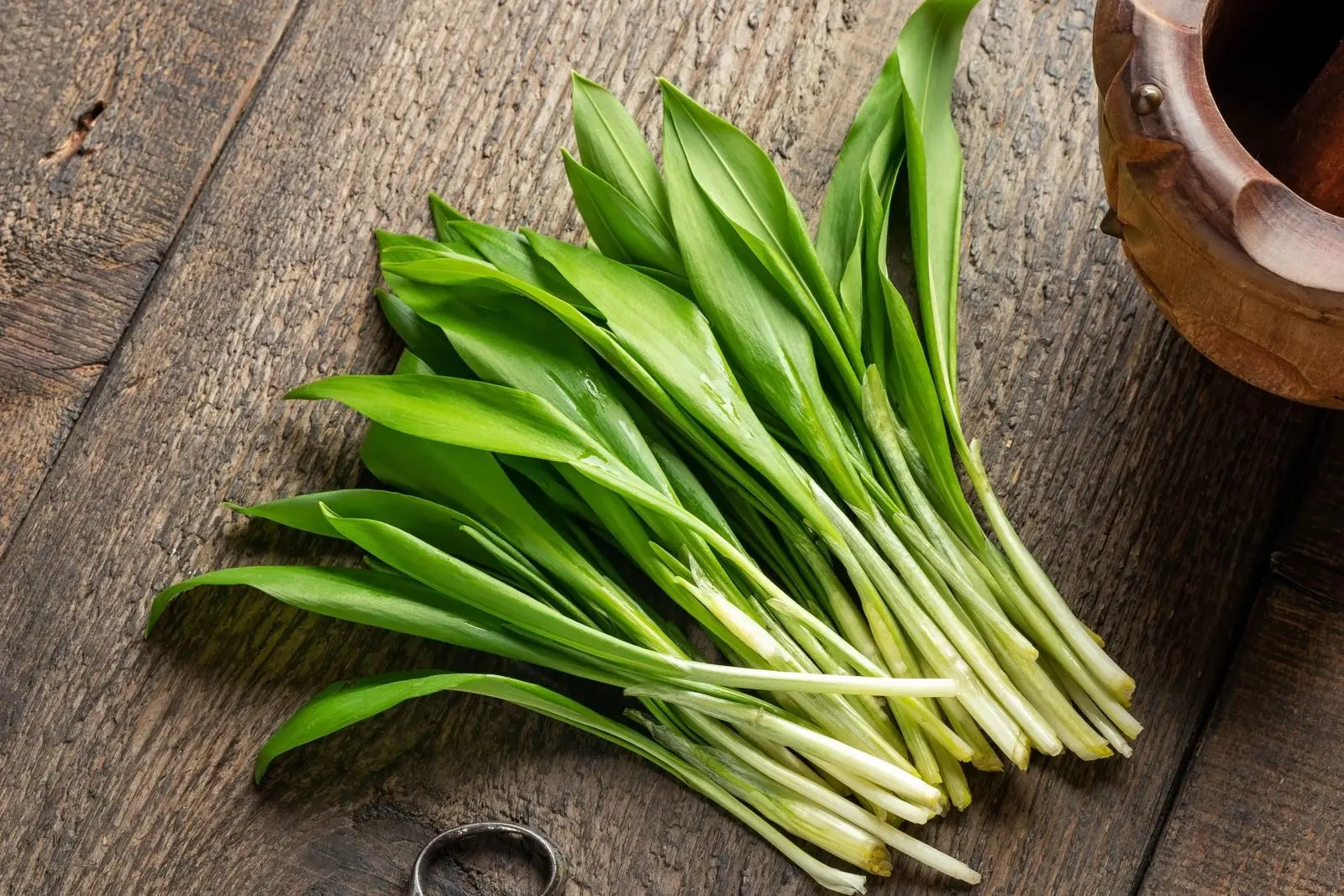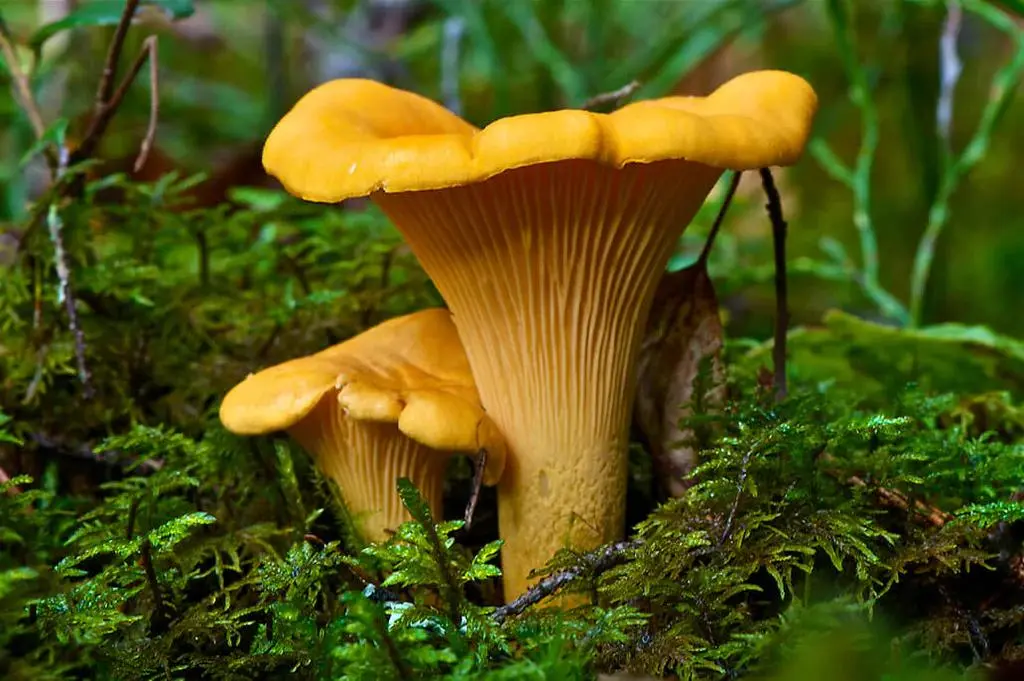
Foraging for wild mushrooms is a rewarding activity that connects us with nature and provides delicious, nutritious food. However, it also carries significant responsibilities. The forests of Romania's Apuseni Mountains are home to hundreds of mushroom species, including some of Europe's most prized edibles—alongside some dangerous look-alikes. This beginner's guide offers essential safety principles and identification techniques that every novice forager should master before venturing into mushroom hunting.
Important Safety Note
This guide is educational and not a substitute for hands-on learning with experienced foragers. Never eat any wild mushroom unless you are 100% certain of its identification. When in doubt, throw it out. We recommend joining local foraging groups or courses for practical experience before harvesting wild mushrooms for consumption.
The Fundamentals of Safe Mushroom Identification
Successful mushroom identification relies on a systematic approach. While experienced foragers may recognize species at a glance, beginners should follow these essential steps:
1. Start with the Most Recognizable Species
For beginners, focus on learning just a few distinctive, edible species that have minimal dangerous look-alikes:
- Cantharellus cibarius (Chanterelle) - Golden, funnel-shaped with false gills that run down the stem
- Boletus edulis (Porcini/Cep) - Brown cap with sponge-like pores underneath instead of gills
- Hydnum repandum (Hedgehog Mushroom) - Cream-colored with distinctive toothy spines underneath
- Macrolepiota procera (Parasol Mushroom) - Tall with a large, scaly cap and distinctive movable ring on stem
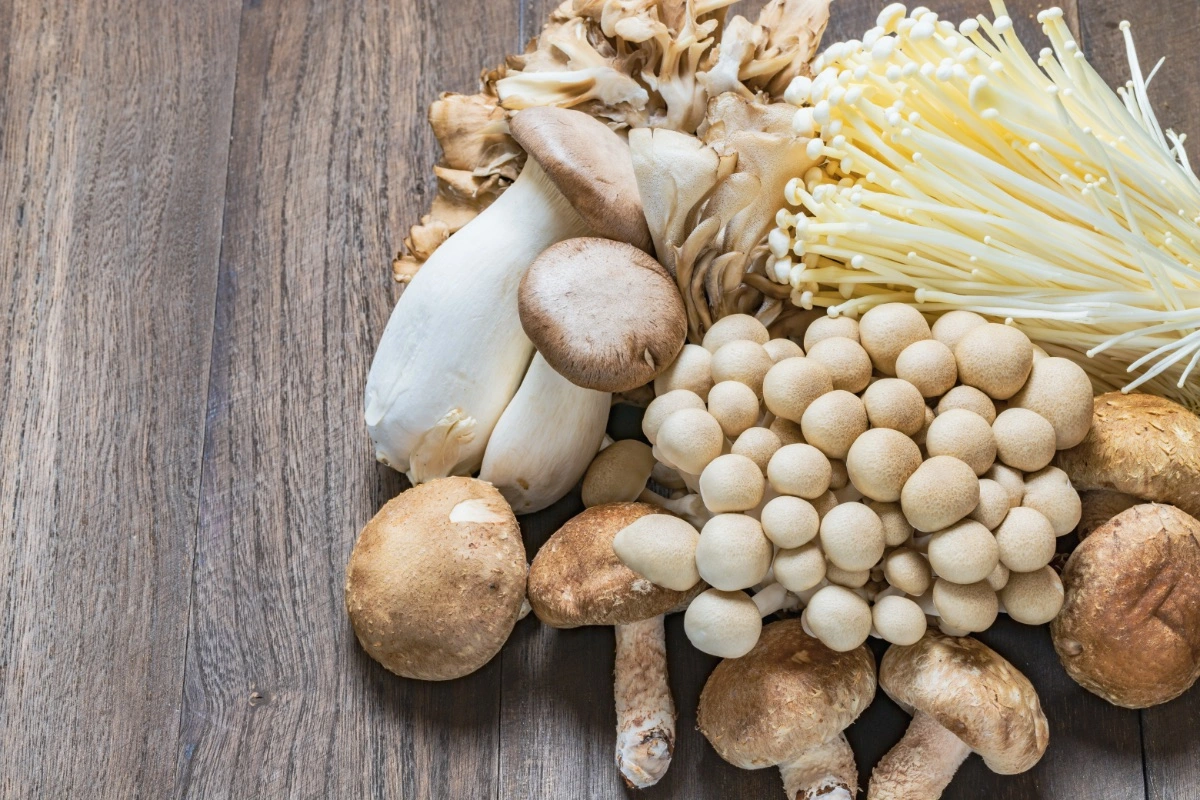
2. Use Multiple Identification Features
Never rely on just one characteristic for identification. Consider all of these features:
- Cap: Shape, color, texture (smooth, scaly, velvety), size, and margin (edge) characteristics
- Underside: Presence of gills, pores, teeth, or ridges; their color, density, and attachment to stem
- Stem: Height, thickness, texture, color, presence of rings or volva (cup-like base)
- Flesh: Color when fresh and when cut or bruised; texture; any color changes when exposed to air
- Spore Print: The color of spores is crucial for identification (see technique below)
- Smell and Taste: Distinctive aromas can be important (never taste unknown mushrooms)
- Habitat: Where it grows (conifer/deciduous forest, open fields, etc.) and what it grows on (soil, wood, etc.)
- Season: Time of year when it typically appears
3. Know the Deadly Look-Alikes
Before collecting any mushroom, familiarize yourself with the dangerous species that might resemble edible ones. In Romania, be particularly aware of:
- Amanita species - Particularly Amanita phalloides (Death Cap) and Amanita virosa (Destroying Angel)
- Galerina marginata - A small, brown mushroom containing the same toxins as Death Cap
- Gyromitra esculenta - False Morel, sometimes mistaken for true morels
- Omphalotus olearius - Jack-o'-lantern mushroom, which can be confused with chanterelles
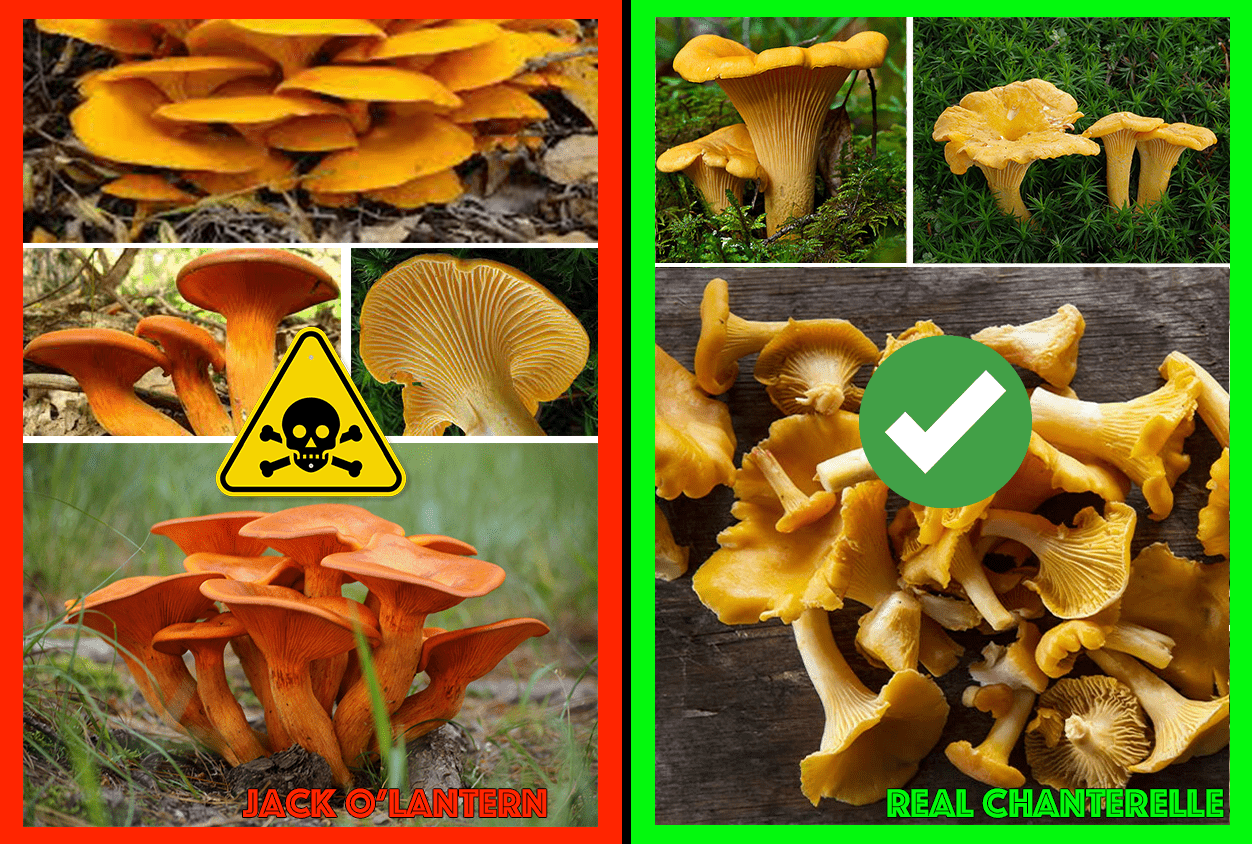
Essential Identification Techniques
Taking a Spore Print
A spore print is one of the most reliable identification tools for mushrooms:
- Remove the stem from a mature mushroom
- Place the cap gill-side down on a piece of paper (half white, half dark paper works best)
- Cover with a bowl to prevent air currents
- Wait 2-24 hours
- Remove the cap to reveal the spore print pattern and color
Spore color is crucial for identification. For example:
- White spores: Many Amanita species, Russula, Lactarius
- Pink to salmon spores: Entoloma species
- Brown to rusty-brown spores: Cortinarius, Pholiota, many Agaricus
- Purple-brown to black spores: Agaricus, Stropharia
- Yellow spores: Some Russula species, Cantharellus
Field Testing Techniques
Several simple tests can help with identification in the field:
- Bruising Test: Gently bruise the flesh and observe any color changes
- Stem Snap Test: How the stem breaks can indicate whether it's fibrous or brittle
- Latex Test: Some mushrooms (like Lactarius) exude "milk" when cut - note its color and whether it changes color
- Chemical Tests: Advanced foragers sometimes use chemical reagents that change color when applied to certain mushrooms
Safe Foraging Practices
Equipment for the Beginner Forager
Before heading to the forest, prepare yourself with:
- A good field guide specific to Romania or Eastern Europe
- A knife with a curved blade for harvesting
- A basket or mesh bag (never plastic bags, which accelerate spoilage)
- Paper bags or waxed paper for separating different species
- A small brush for cleaning
- A notebook to record details of your finds
- A smartphone with a mushroom identification app (as a supplementary tool only)
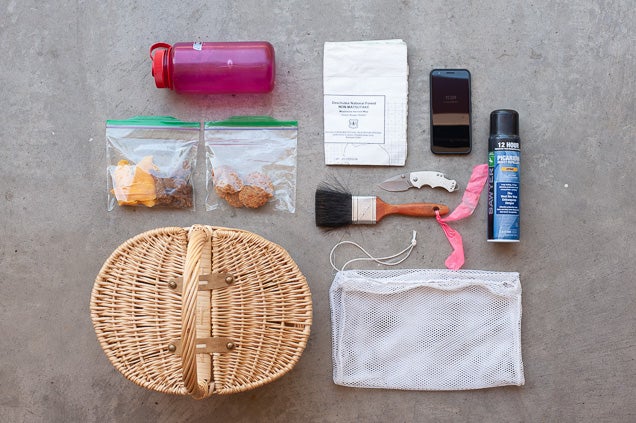
Ethical and Sustainable Harvesting
Follow these principles to ensure you're foraging responsibly:
- Cut mushrooms at the base rather than pulling them from the ground
- Use a knife with a curved blade that minimizes soil disturbance
- Leave small, young specimens to mature and release spores
- Take only what you can identify and use
- Keep some areas unharvested as refuge zones
- Use woven baskets that allow spores to disperse as you walk through the forest
Common Edible Mushrooms of the Apuseni Mountains
The Romanian Carpathians, particularly the Apuseni range, are home to many prized edible species. Here are some of the most commonly found edible mushrooms with distinctive identifying features:
Boletus edulis (Porcini/Hribi)
Key Features: Brown cap with white to yellowish pores underneath. Thick, solid stem with a network pattern. White flesh that doesn't change color when cut. Found primarily under oak, beech, and conifers from late summer to autumn.
Cantharellus cibarius (Chanterelle/Gălbiori)
Key Features: Golden-yellow, funnel-shaped cap with blunt ridges (false gills) running down the stem. Fruity apricot-like smell. Never grows directly on wood. Often found under beech and oak from summer to autumn.
Lactarius deliciosus (Saffron Milk Cap/Râșcovi)
Key Features: Orange cap with concentric circles. Exudes orange "milk" when cut. Develops green stains with age. Found exclusively under pine trees from late summer to autumn.
Macrolepiota procera (Parasol Mushroom/Buretele șerpesc)
Key Features: Very tall (up to 40cm) with a large, scaly umbrella-like cap. Distinctive movable ring on stem. Brown, snake-skin pattern on stem. Found in meadows and forest edges from summer to autumn.
"The best mushroom identification book is the one written in the mind through repeated hands-on experience and careful observation in nature's classroom." - Traditional Romanian forager's saying
Conclusion
Learning to identify wild mushrooms is a lifelong journey that rewards patience and careful study. Remember that no article or book can replace hands-on learning with experienced guides. At TRANS FRUIT SRL, all our mushrooms are harvested and identified by experts with generations of knowledge, ensuring both quality and safety.
We encourage all beginners to start with guided forays, local mycological society events, or courses before venturing out independently. With proper education and a respectful approach to nature, mushroom foraging can become a deeply rewarding connection to the ancient forests of Romania.

